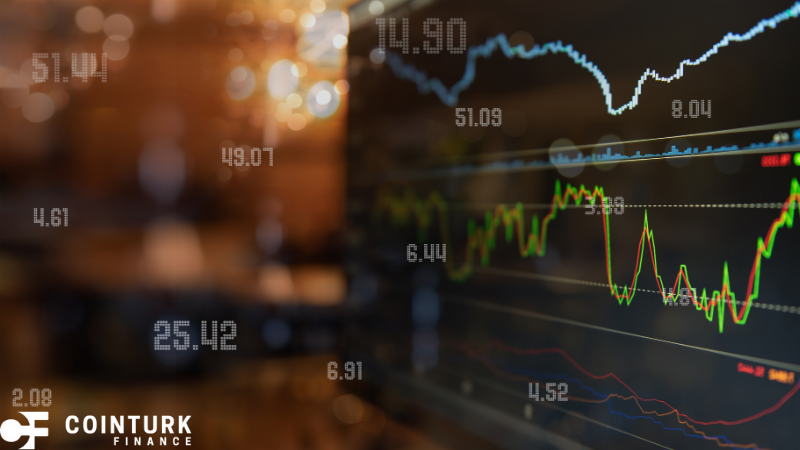Ethereum, a significant player in the cryptocurrency market, is currently witnessing a tug-of-war between bulls and bears as it hovers near the $4,000 mark. This crucial level, both psychological and technical, has attracted attention from various investors and market analysts. Earlier this year, Ethereum experienced notable fluctuations, hitting a peak in August before a subsequent decline. Now, as December approaches, critical developments such as network upgrades and shifting investor sentiments could potentially impact Ethereum’s standing in the market.
In recent times, Ethereum’s market dynamics have evolved significantly. During the summer, Ethereum Exchange Traded Funds (ETFs) saw an impressive surge, pulling in over $2.8 billion in a single week. However, the recent weeks have revealed a noticeable reversal in momentum with major players like BlackRock reducing exposure due to changing market conditions. This shift underscores the volatile nature of cryptocurrency investments and highlights the importance of strategic positioning among investors.
How Have Network Improvements Impacted Ethereum?
Network improvements have been a focal point for Ethereum investors. With the impending Fusaka upgrade scheduled for December 3, Ethereum aims to enhance data throughput while reducing gas fees. This development coincides with a peak in network activity seen this year, with analysts believing that scalability could offer Ethereum a competitive edge. Despite concerns over Layer 2 solutions diverting activity from the main chain, the anticipated benefits from Fusaka are considered by many to be a significant opportunity for growth.
What Challenges Lie Ahead for Ethereum?
Yet not all perspectives remain optimistic. Skepticism persists surrounding Ethereum’s ability to maintain its price amid existing macroeconomic challenges and competition. Rising interest rates and recession threats loom over cryptocurrencies, pressuring speculative investments. Furthermore, while Layer 2 solutions offer user advantages such as lower fees and faster transactions, they may impede main chain fee revenue. As institutions reevaluate their positions, the market remains on high alert regarding Ethereum’s next moves.
Competing viewpoints depict a divided strategy landscape for Ethereum. Some analysts express ambition for Ethereum to surpass its previous all-time high fueled by network upgrades, while others question the sustainability of such growth.
The landscape for Ethereum is as promising as it is challenging. For the network to sustain future growth, seamless scaling and maintaining user affordability remain fundamental.
Elaborated a market participant. Meanwhile, some financial entities have adjusted forecasts, citing macroeconomic adversities and technological restructuring as influencing factors.
Supporting Ethereum’s network efficiency and substantial price targets are prioritizing factors for the community. Nonetheless, increased regulatory scrutiny adds another layer of complexity. The global adoption and adaptability of Ethereum in this evolving landscape remain crucial considerations.
Maintaining a balance between technological advancements and market expectations is necessary for Ethereum’s enduring success.
Said a spokesperson from the financial advisory sector.
Predictions for Ethereum, particularly concerning the $4,000 challenge, suggest a dynamic interaction between bullish institutional backing and bearish macroeconomic trends. While significant stakeholders continue to express optimism driven by technical upgrades, caution remains central in light of potential economic downturns. Going forward, monitoring both technical adjustments and external market indicators will help gauge Ethereum’s resilience in maintaining momentum against current headwinds.










